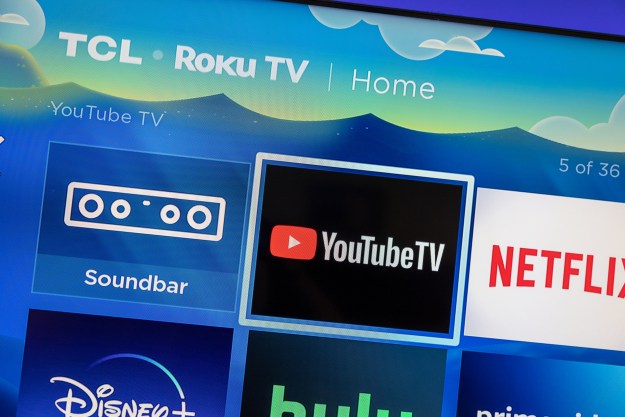YouTube’s biggest stars witnessed another blockbuster year thanks to their success online and offline.
The 12 internet celebs behind some of the video platform’s biggest channels amassed a combined $70.5 million in the 12 months ending in June, according to Forbes — a 23 percent increase from total revenue in 2015.
A lot has changed since last year for the proactive vloggers. Although the highest earning star remains the same (Felix Kjellberg, better known as PewDiePie, earned $15 million to nab the top spot), four newcomers made it on to the list. The debutants include video game commentator Mark Fischbach, aka Markiplier ($5.5 million), Latin-America’s biggest YouTube star German Garmendia ($5.5 million), comedian Colleen Ballinger ($5 million).
However, the type of content being produced is the conventional fare that tends to attract the most eyeballs on Google’s video service: gaming, comedy, and cooking. That’s not to say these big guns are one-trick ponies.
YouTube’s enterprising stars also found success outside of the platform. The likes of Kjellberg, Lilly Singh, and Tyler Oakley released hit books, cosmetic products, and mobile games — proving that their legions of fans are willing to follow their every move. And that’s before you count their nationwide tours, film productions, and YouTube Red deals. Ballinger, for example, was recently tapped to star in a Netflix original series based on her fictional character Miranda Sings. Meanwhile, DIY baker Rosanna Pansino (who earned a cool $6 million) released a cookbook based on her YouTube series that reportedly sold over 120,000 copies. Not bad for a vlogger who started off shooting videos on an $80 dollar camera.
Online, the popular creators amassed their fortunes from traditional sponsorship methods, such as preroll ads before their videos and brand tie-ins for entire clips.
Forbes compiled its list by measuring earnings, before subtracting management fees and taxes. It drew its data from Nielsen and IMDb, as well as interviews with agents, managers, lawyers, and the stars themselves.
Editors' Recommendations
- Yes, YouTube TV is kind of broken tonight
- What is YouTube Music? Everything you need to know
- YouTube tells creators to start labeling ‘realistic’ AI content
- YouTube TV just added a huge new add-on for $15 a month
- YouTube TV tips and tricks: how to get the most out Google’s live TV service


